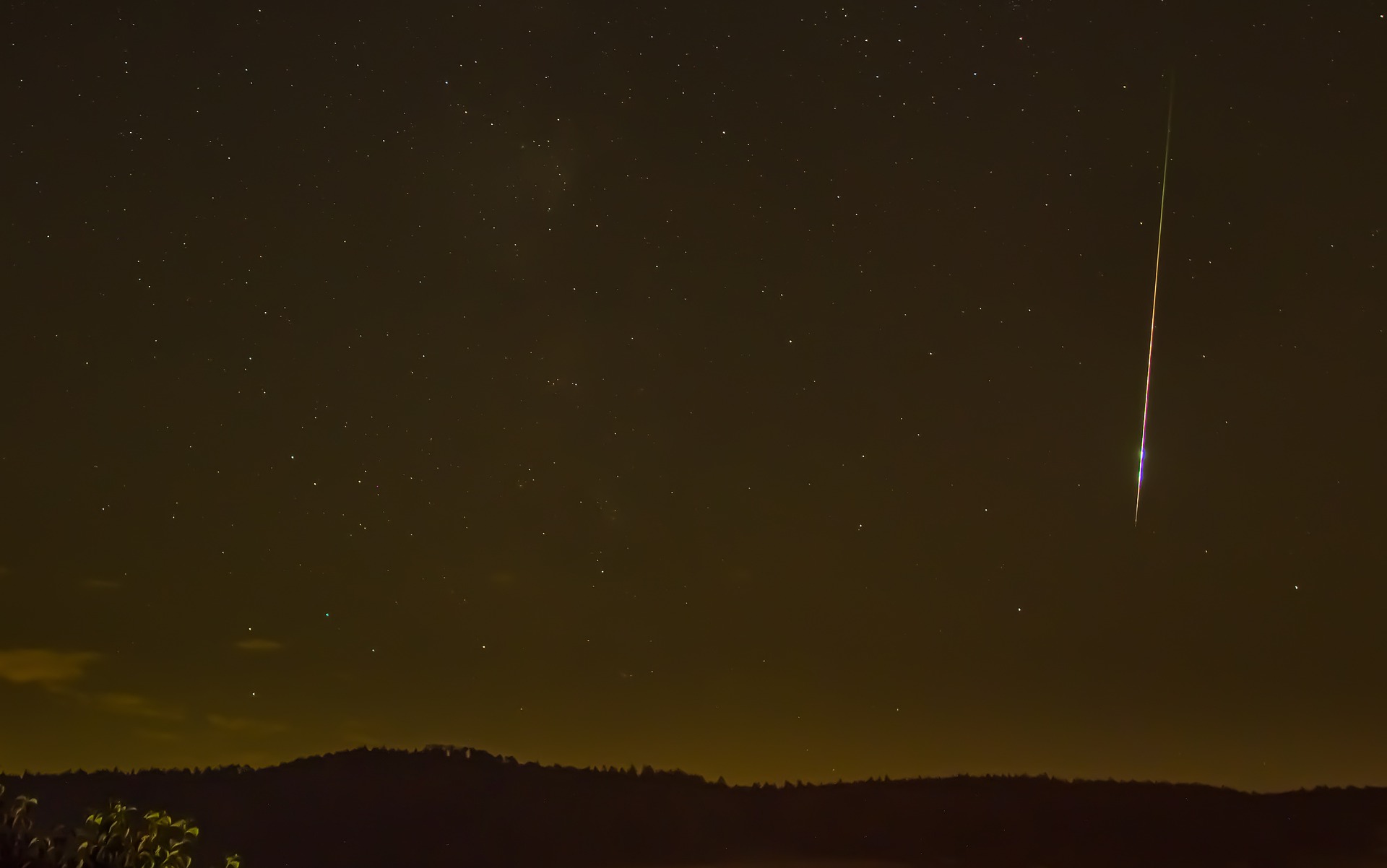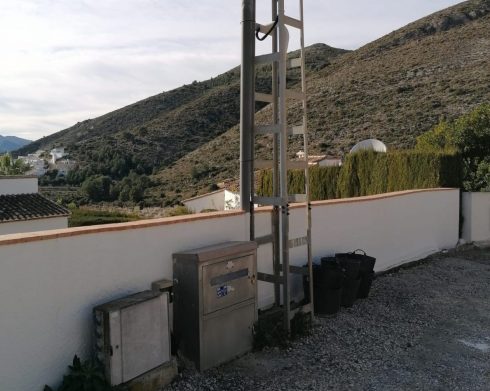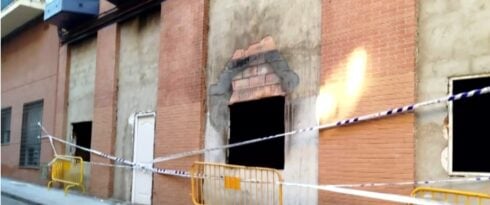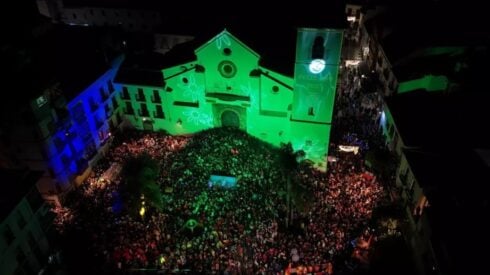A DAZZLING fireball, produced by a rock detached from an asteroid, has streaked across the sky of southern Spain on Valentine’s Day.
The spectacular fireball, with a luminosity equivalent to a full moon, was visible over a large part of the Iberian Peninsula.
The rock entered the atmosphere at around 9.59pm at a speed of 54,000 kilometres per hour.
The high-speed collision with the atmosphere caused the rock to become incandescent generating a white-hot meteorite that began at an altitude of some 82 kilometres above the centre of the province of Jaen, and from there it advanced in a southeasterly direction and extinguished at an altitude of about 48 kilometres almost vertical above the town of Larva in the same province.
Throughout its trajectory there were several explosions, due to abrupt ruptures of the rock, which caused momentary increases in its luminosity.
According to the astrophysicist Jose Maria Madiedo, from the Andalucian Astrophysics Institute (IAA-CSIC), who analysed the phenomenon, the brightness acquired by this meteoroid ‘was comparable to that of the full moon’, making the phenomenon was visible from all over Andalucia, ‘especially from Malaga, Granada, Cordoba, Jaen and Seville’, as well as from ‘a good part of the Iberian Peninsula’.
The spectacular fireball was captured by the SMART project detectors from the astronomical observatories of Calar Alto (Almeria), Sierra Nevada (Granada), La Sagra, La Hita and Sevilla.
The detectors of the SMART project operate within the scope of the Meteorological and Earth Observation Network of Southwest Europe (SWEMN), which aims to continuously monitor the sky, in order to record and study the impact on the terrestrial atmosphere of rocks from different objects in the Solar System.
READ MORE:
- WATCH: SpaceX satellite disintegrates over Spain in spectacular fireball
- PICTURED: Fireball streaks across the sky in southern Spain
Click here to read more News from The Olive Press.









